There are various types of things in our solar system, one of which is an Asteroid. In modern times, much attention is being paid to its research because by the asteroid; we can get a lot of information about the solar system’s birth. In this article, I have explained what asteroids are. And some interesting facts related to asteroids.
Contents
What are Asteroids?
An asteroid is an orbiting celestial body around the Sun, the rocky celestial body that was left from the formation of the Solar System about 4.6 billion years ago. But their size is tiny compared to the planet. The gravity force emanating from this can hold its mass together, but it does not have enough power to pull all the groups towards the center to form a round shape.
This is why they cannot be called planets because the second condition for becoming planets is that the mass of any celestial body must be so large that the gravitational force produced from it can shape that celestial body. However, the asteroid’s size is not fixed; they can range from small dust particles to thousands of kilometers and are primarily irregular in shape.
Formation of Asteroid
Our solar system began to form about 4.5 billion years ago. Then, due to the force of gravity in a vast cloud, it started to accumulate in its mass center, and the Sun was created there. On the other hand, the remaining part, with stones and gas, formed planets, but the worlds with a small number of rocks and gas remained small in size and took the form of asteroids.
Also, the stones that do not become part of any construction because of the Sun’s gravitational force roamed around them and are still walking today.
Classification of Asteroids
Asteroids have occurred in many places inside our solar system, but mainly they have been divided into three areas.
1. Asteroid belt
Its name shows that this belt (enclosure) is made of asteroids. The circle that lies between Mars and the planet Jupiter(Guru). It has 11–19 lakh asteroids larger than 1 km. In addition, this Asteroid belt has the giant asteroid Ceres, which is 950 km in diameter and has the rank of a dwarf planet.
Note:- The celestial bodies, which are round but the orbit is different from other planets, are called dwarf planets. You can read about the dwarf planet in detail in the article “Dwarf Planet.”
3. Trojan Asteroid
Such asteroids revolve around the Sun by staying in space between the planets. The place where there is a balance between the gravitational force of the Sun and the world is called the Lagrange point. These asteroids are found there. Due to the high mass of the planet, the number of asteroids around it is tall. This is the reason that the asteroid belt is closest to the planet Jupiter.
Similar asteroids have occurred at the Lagrange point of the Earth, Mars, and Neptune planet.
3. Near-Earth Asteroids
These asteroids revolve around the Sun, orbiting the Earth. The asteroids whose path is inside the Earth’s orbit are called Atiras, and those outside are called Amors. See the image below.
But some asteroids cross the Earth’s orbit, making their path inward and outward. Those asteroids that spend more time inwards but come out of the Earth’s rotation for some time are called Athens, and those that are mostly outside but only come in for some time are called Apollos. See the image below.
The European Space Agency ESA states that more than 20,000 Near-Earth Asteroids exist.
Types of Asteroid
It is wrong to think that all asteroids are made of dust and mud. Instead, they contain dust, gas, stone, sand, clay, and metal. From the evidence of these things, there are three types of asteroids.
- C-type asteroid: This asteroid is made of mud, sand, and stone. Therefore, it is also brown in appearance. Approximately 75 percent of the asteroids are of this type.
- S-type asteroid: Asteroids consist of silica and metal (iron and nickel). Evidence of this is around 17 percent in the Solar System, which is inside the Asteroid belt.
- M-type asteroids: Most of these asteroids are made up of iron and nickel. These are very special. Their volume is minimal in the solar system.
Some asteroids are made up of volcanic elements. These are called V-type asteroids, but their volume is almost negligible.
Search and Mission for the Asteroids
Several space agencies have carried out missions to understand and get information about asteroids. The first time in 1991 was NASA’s Galileo mission, which took the first picture of an asteroid and discovered one of its moons (satellites) revolving around it.
In 2001, a spacecraft called NEAR was sent into space by NASA to research the asteroid around the Earth; it studied information about the Eros asteroid for a year. Then this vehicle successfully landed on Eros, even though it was not ready for it.
In 2006, a Hayabusa vehicle sent from Japan landed on the asteroid and came back. While coming, he had brought some part with him, which is still being researched.
In 2018, the OSIRIS-REx spacecraft sent by NASA’s LINEAR project made it land on Bennu, a discovered Apollo group and carbonated asteroid. The spacecraft orbited the asteroid and mapped the surface in detail to look for possible sample collection sites. The analysis of the orbits helped in the calculation of Bennu’s mass and its distribution. The OSIRIS-REx mission aimed to bring its samples back to Earth in 2023 for further study.
On 18 June 2019, NASA announced that the OSIRIS-REx spacecraft had captured an image from a distance of 600 meters (2,000 ft) above the surface of Bennu.
In October 2020, OSIRIS-REx successfully landed on the surface of Bennu, collected a specimen using a robotic arm, and prepared for a journey back to Earth. More recently, on 10 May 2021, OSIRIS-REx completed its departure from the Bennu asteroid, sampling the asteroid debris and aiming to return to Earth by 2023.
Asteroids collide with Earth.
About 4.5 billion years ago, when the Earth was being formed, an asteroid was bombed, creating many huge pits on the surface, which still exist today. But today, we have less danger because asteroids smaller than 25 meters are destroyed by burning in the air due to Earth’s atmosphere. Nevertheless, in 2013, a 20-meter large meteorite fell in Chelyabinsk, a city in Russia, injuring about 1,200 people.
Note:- When a small asteroid or large meteoroid survives its fiery passage through the Earth’s atmosphere and lands on Earth’s surface, it is then called a meteorite.
Protection Technology to Avoid Asteroids
The Bennu asteroid is also a potentially dangerous object listed in the Sentry Risk Table with the second-highest cumulative rating on the Palermo Technical Impact Hazard Scale. Bennu’s cumulative probability of hitting the Earth between the years 2175 and 2199 is one in 2,700 times.
- A potentially hazardous object – PHO is a near-Earth asteroid – either an asteroid or comet – with an orbit that can reach close to the Earth and cause significant regional damage in the event of a collision and is enough to cause harm.
- The Palermo Technical Impact Hazard Scale is a logarithmic scale used by astronomers to rate the potential danger of a near-Earth object.
- Sentry Risk Table is a highly automated impact prediction system operated by the JPL Center for NEO Studies – CNEOS since 2002. It monitors the most up-to-date asteroid inventory for future collision probabilities with near-Earth objects over the next 100+ years.
Two types of technology are used to avoid asteroids, The first is the radar system through which we can monitor the asteroid around the Earth as well as its size and speed. For example, in 2017, the asteroid 3122 Florence was 4.5 km long, crossing 70 million km from us, whose information was received through the radar system. In other technologies, spacecraft change the asteroid’s direction using its gravitational force.
Fact about Asteroid
Millions of years ago, dinosaurs also ended with a massive meteorite colliding. The mass of all the asteroids in the Solar System is less than that of our Moon. Comets are also somewhat similar to asteroids; they glow when they cross close to the Sun.
So that’s it about the asteroid. Which thing did you like best about it? Tell me in the comments. And do share this article with your friends. Thanks for reading.
Sources
- ESA
- NASA
- JPL
FACT CHECK: We strive for accuracy and fairness. But if you see something that doesn’t look right, please Contact us.
DISCLOSURE: This Article may contain affiliate links and Sponsored ads, to know more please read our Privacy Policy.
Stay Updated: Follow our WhatsApp Channel and Telegram Channel.
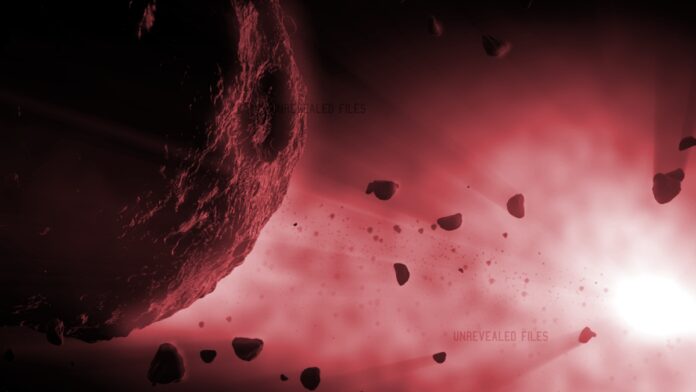
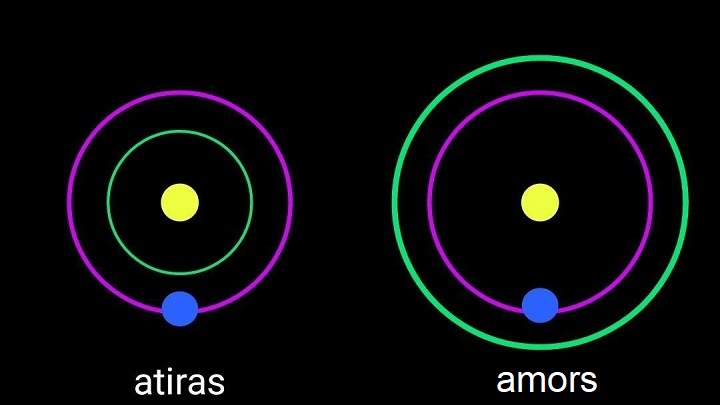
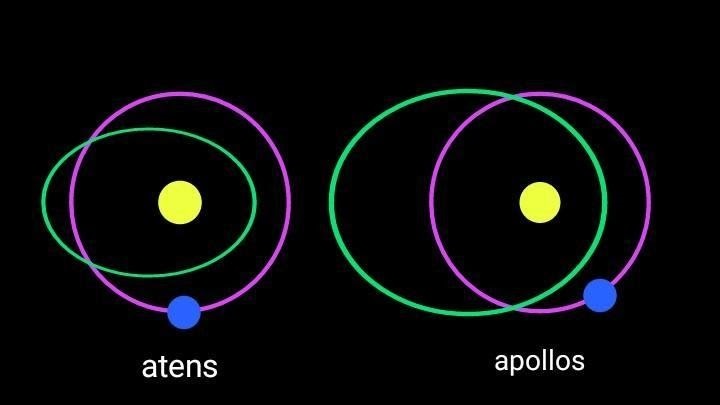
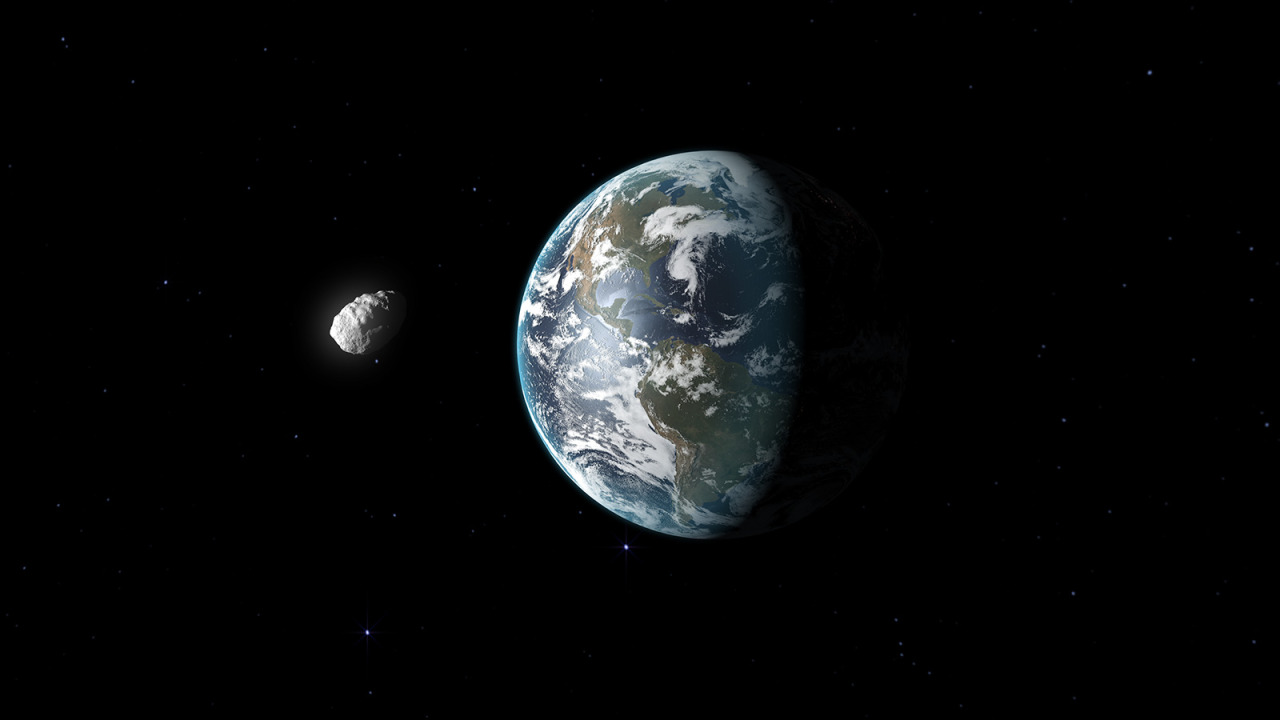
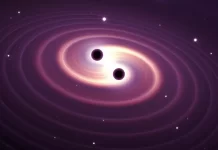
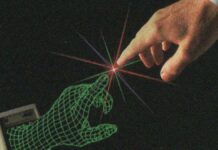










Thanks for your attention guys
Hello, my loved one! I want to say that this article is amazing, nicely written, and comes with approximately all significant info. I would like to see extra posts like this.
Hello,
Thanks for appreciate, I love to write about space
If you know hindi, then you can check some extra post on my website which is given bio.
And also in this website.
You should be a part of a contest for one of the greatest sites on the net. I most certainly will highly recommend this website!